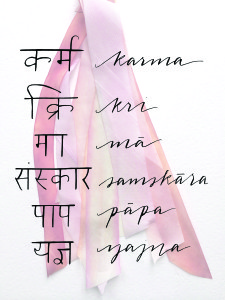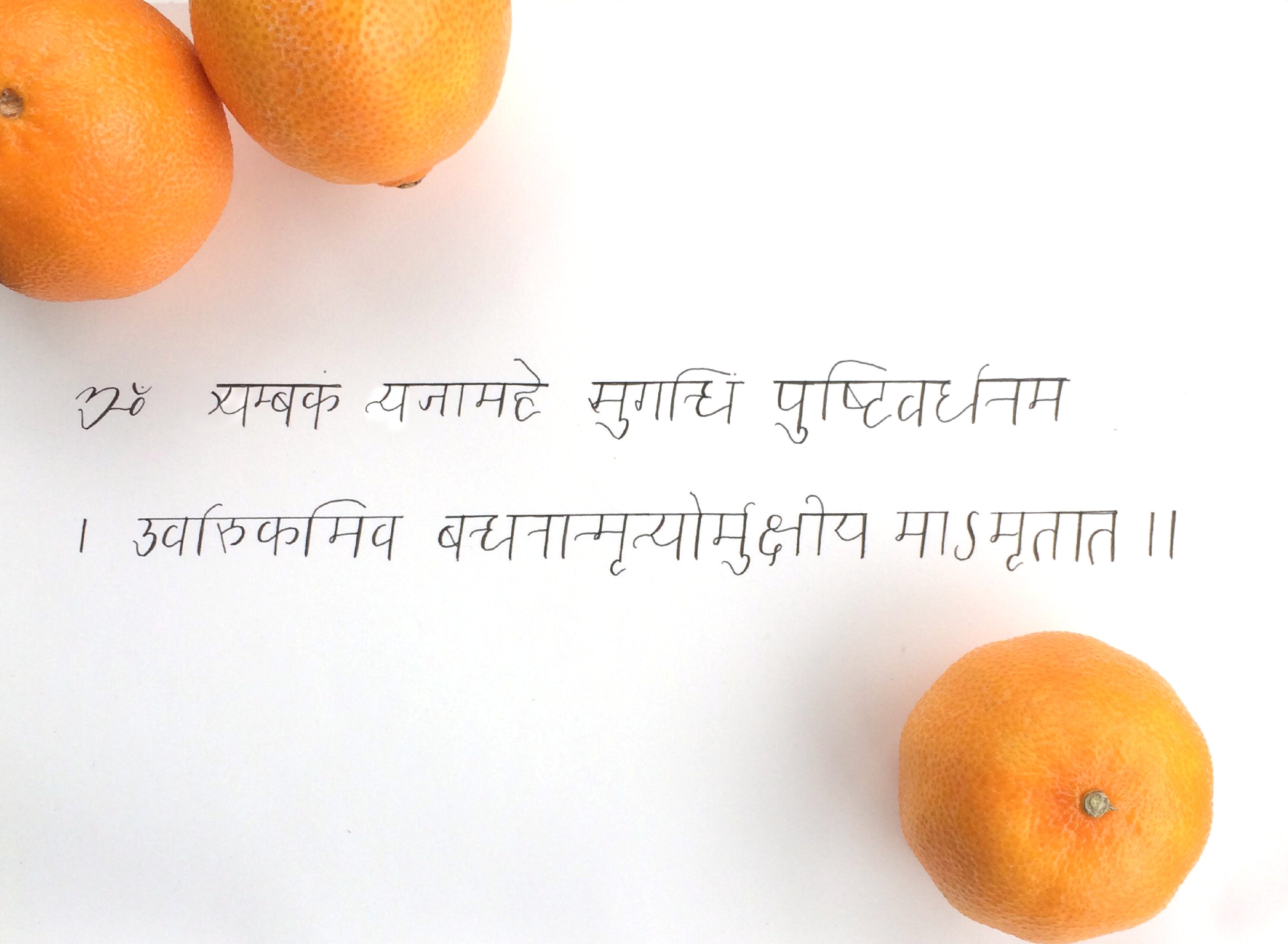Unraveling the mysteries of karma
by Jim Kulackoski
 I was exposed to spirituality from a young age. My father came from the Greek Orthodox tradition and later converted to Roman Catholicism, the faith of my mother. Consequently, my siblings and I were raised Catholic.
I was exposed to spirituality from a young age. My father came from the Greek Orthodox tradition and later converted to Roman Catholicism, the faith of my mother. Consequently, my siblings and I were raised Catholic.
Growing up, I was confronted by the concept of morality, and my curiosity led me down a path that examined a variety of spiritual traditions and explanations, including the law of attraction and the idea of karma. The word karma means “action”. It is derived from the Sanskrit roots kri (to do) and ma (creation). Karma, therefore, literally means the “doing of creation.” Everything that exists, does so because of karma.
But I still had questions. Why do good things happen to bad people, and bad things happen to good people? Why are some children born with terminal illnesses or into abusive families? I remember thinking, “How could such a universe exist?”
In my twenties, after a life situation that seemed rather tragic at the time, I entered into a monastic lifestyle in the Vedantic tradition, a school of thought based in the Vedic sciences that explains the “how” and “why” of existence. Through these studies and through the practice of Karma yoga, I came to a deeper and perhaps more accurate understanding of karma.
Karma yoga is a practice in which you examine the motives behind your actions in order to discover the most appropriate course of action in any given situation. These motives, or samskāras, form the beliefs that constitute your personality and inform the seemingly infinite choices you make, both consciously and subconsciously. These choices create the actions or karma that shape and limit your personal universe.
Just as DNA forms the blueprint of an organism’s physical body, the samskāras form the basis of an individual’s being at its most fundamental level, in addition to the specific actions, reactions and interactions that organism has with its environments.
The samskāras act as a lens through which you see and experience the world. According to Vedanta, your universe is actually created through their karma. You continually act per their beliefs until the outside clearly reflects the inside. In other words, your life (the good and the bad) is merely a reflection of your samskāras and their resulting actions, or karma.
Morality is relative. There is no good or bad karma, and there is no such thing as an action that is better or worse than another. There is simply action and consequence, the meaning of which is determined by the actor’s individual beliefs based on their samskāras.
For example, take two notorious personalities from the last century, Mahātma Gandhi and Adolf Hitler. Both had very similar karma, as indicated in their astrological charts, and consequently had analogous life paths. Both became charismatic leaders, united large groups of people under particular ideologies, and significantly altered the collective consciousness of humankind.
For Gandhi and Hitler, the source of action began with their individual samskāras. Hitler acted from a vision that perpetuated a limited vision for himself and his world, resulting in a divisive reality that created a sense of separateness within a particular population and within humankind itself. Gandhi, on the other hand, acted from a place that transcended a need to perpetuate the limitations of his personal identity, including his ideas about religion, ideology and race, and promoted connectedness.
Hitler and Gandhi created similar results reflective of their intentions. However,
while Hitler imparted fear, limitation and separateness, Gandhi encouraged unity that inspired (and continues to inspire) mankind beyond our differences. Hitler created action that bound himself and others to it, while Gandhi created action that ultimately helped to free others from the prison of their own beliefs.
While Gandhi and Hitler seem comparable in their intentions, a key difference involves an action called yajna, or evolutionary action. Yajna occurs when you transcend the limitations of your identity given by your samskāras, consequently inspiring others to do the same. In the case of Gandhi, his action did not perpetuate his samskāras. Instead, he acted in a manner free of the restrictions of his culture, religious past, and race. Hitler, however, acted in a manner known as pāpaor sin. Sin here does not denote right or wrong, but rather explains the origins of the action. Papa refers to an action, the sole purpose of which is to serve and perpetuate a narrow point of view given by the samskāras, and consequently limits the actor and those around them.
Yajna is central to the practice of karma yoga. It is action that is “larger” than
the person committing it; it is beyond your samskaras and is the result of the development of awareness of who and what you really are. The higher practices of yoga are aimed at the transcendence of your samskaras in favor of discovery of the self beyond them.
Therefore, the purpose of yoga, particularly karma yoga, is to enlighten you to the very source of your actions. Karma yoga is a means to transcend the limitations of your own identity and create action that is evolutionary for yourself and others. It is a path of integrity and exceptional personal responsibility. With this awareness comes the ability to choose your beliefs and actions more freely, rather than be subject to the reflexive reactive state given by your samskāras.
Looking back at my own life, I can find a number of situations that have challenged me to move beyond who I thought I was and act from a place larger than myself. These times hold a special place for me, one of self-discovery and fulfillment, where I surprisingly felt most authentically “me,” despite acting in a manner that may have been initially foreign to me. Instead, it was in these instances that I felt the most connected to who I truly was and allowed me to contribute to those around me.
Jim Kulackoski holds an adjunct faculty position at Loyola University Chicago and runs Darshan Center, where he leads and develops programs such as teacher trainings, workshops and a healing clinic.
























No Responses to “Beyond cause and effect”